Description
Philodendron “Pink Princess”
The Philodendron “Pink Princess” is a striking and popular tropical houseplant known for its distinctive foliage. Its heart-shaped leaves are predominantly dark green with vibrant pink variegation, creating a visually stunning contrast. This variegation can vary in intensity from plant to plant, with some specimens showcasing more pink than others. “Pink Princess” is cherished by indoor plant enthusiasts for its unique and eye-catching appearance, making it a prized addition to any indoor plant collection. It thrives in well-lit, indirect sunlight and requires regular watering to keep the soil consistently moist but not waterlogged.
Philodendron Pink Princess is one of the rarest and sought-after philodendrons. It won’t be wrong to call it the most famous of them all.
Philodendron ‘Pink Princess’ Grown from Cutting is a rare black-leaf arrowhead philodendron with hot pink variegation. The young leaves emerge as dark olive green with white variegation, maturing to a deep black with bright pink splashes or hues.
Care Tips:-
- Light: Provide bright, indirect sunlight to maintain the plant’s vibrant pink variegation.
- Watering: Water regularly, allowing the top inch of soil to dry out between waterings.
- Humidity: Maintain moderate to high humidity levels. You can achieve this by misting the plant or using a humidity tray.
- Potting: Repot as needed when the plant outgrows its container, typically every 2-3 years in the spring.
- Fertilization: Feed with a balanced, liquid houseplant fertilizer every 4-6 weeks during the growing season (spring and summer.
- Pruning: Trim leggy or damaged growth to encourage bushier growth and maintain the plant’s appearance.


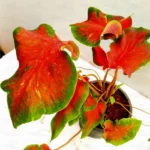



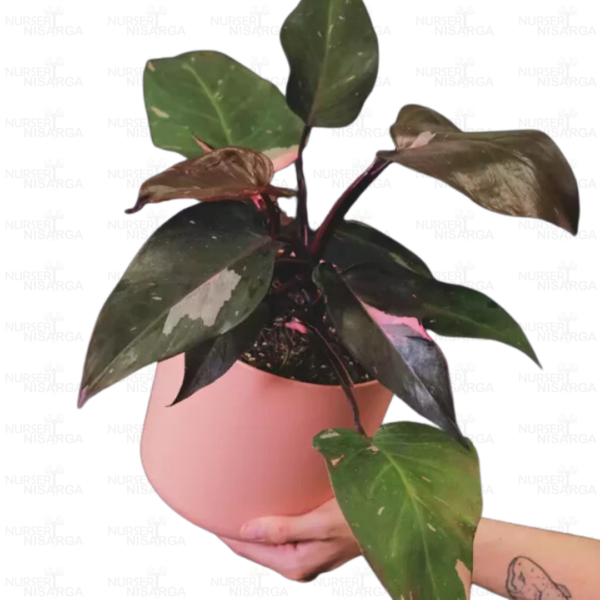










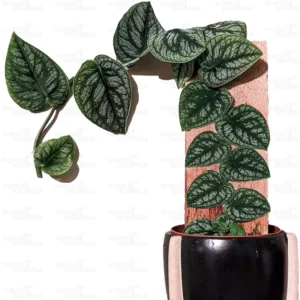
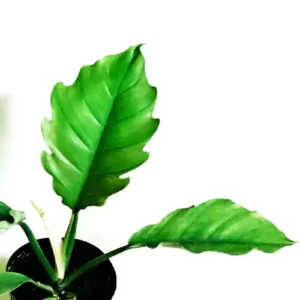
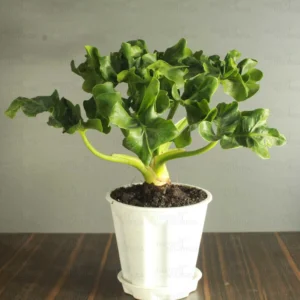
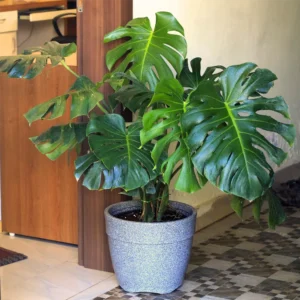
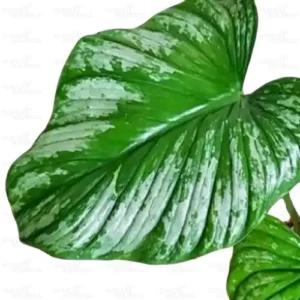


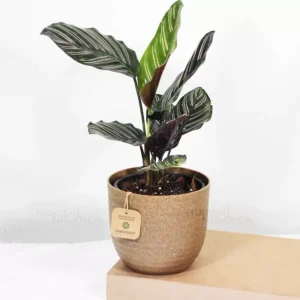
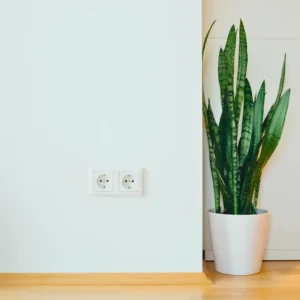
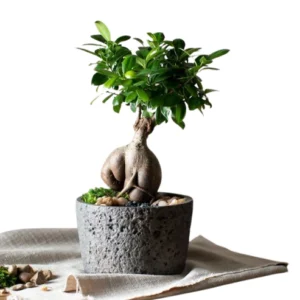
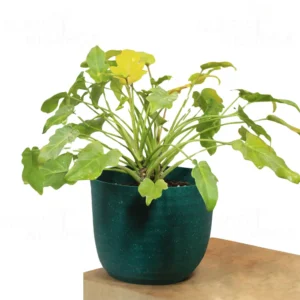
Reviews
There are no reviews yet.